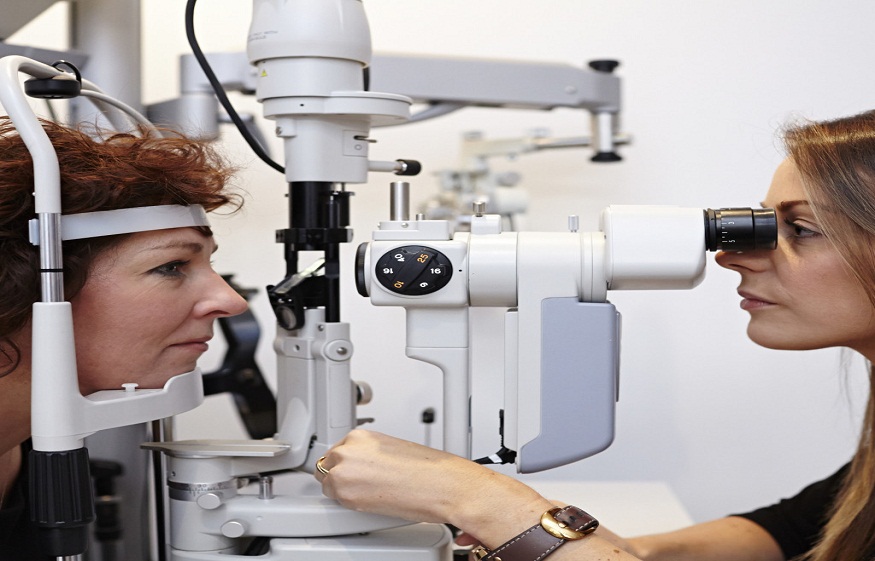Periodontal Disease Campbell noted, affects millions worldwide. This condition can lead to tooth loss and other serious health issues. Fortunately, periodontal microsurgery offers a targeted approach to treatment. It involves tiny instruments and precise techniques that improve outcomes and recovery. Let’s explore how this advanced method transforms gum disease care.
Understanding Periodontal Disease
Periodontal disease starts with inflammation of the gums, known as gingivitis. If not treated, it can progress to periodontitis, affecting the bone and tissues supporting the teeth. This disease can lead to severe dental issues, including tooth loss. Regular dental check-ups and good oral hygiene can help prevent these problems. However, once the disease advances, professional intervention becomes necessary.
What Is Periodontal Microsurgery?
Periodontal microsurgery is a modern technique used to treat gum disease effectively. It involves the use of high-powered magnification and specialized instruments. This allows for great precision and minimal trauma to the tissues. The approach improves recovery time, reduces discomfort, and results in better long-term outcomes.
Benefits of Periodontal Microsurgery
– **Precision**: Microsurgery allows for precise targeting of affected areas, minimizing damage to healthy tissues. – **Recovery**: Faster and more comfortable recovery due to less invasive techniques. – **Outcomes**: Better long-term health of the gums and teeth.
Comparison with Traditional Surgery
Traditional periodontal surgery and microsurgery differ in several key areas. The following table outlines these differences:
| Aspect | Traditional Surgery | Microsurgery |
| Precision | Lower | Higher with magnification |
| Invasiveness | More invasive | Less invasive |
| Recovery Time | Longer | Shorter |
| Discomfort | Higher | Lower |
How Microsurgery Works
The process begins with a thorough cleaning and assessment of the gums. Dentists use magnification to visualize the treatment area. Specialized instruments then allow them to perform precise incisions and sutures. This method reduces tissue trauma and enhances healing.
Patient Experience
Patients often report a more comfortable experience with microsurgery. The precision reduces pain and swelling post-surgery. Recovery is quicker, which means patients can return to their daily activities sooner. This makes it an appealing option for those seeking effective treatment with minimal downtime.
Who Should Consider Microsurgery?
Individuals with advanced periodontal disease are prime candidates. Those with gum pockets not responding to traditional treatments may benefit greatly. A consultation with a dental professional can determine the suitability of this procedure.
Future of Periodontal Treatment
As technology advances, periodontal care continues to evolve. Microsurgery is becoming more accessible and standardized in dental practices. This shift ensures better health outcomes and enhances the quality of life for patients with gum disease.
Conclusion
Periodontal microsurgery represents a significant advancement in the treatment of gum disease. Its precision, minimal invasiveness, and quicker recovery make it a valuable option. Understanding this method can empower patients to make informed decisions about their dental health. For more detailed information, visit the National Institute of Dental and Craniofacial Research website.



